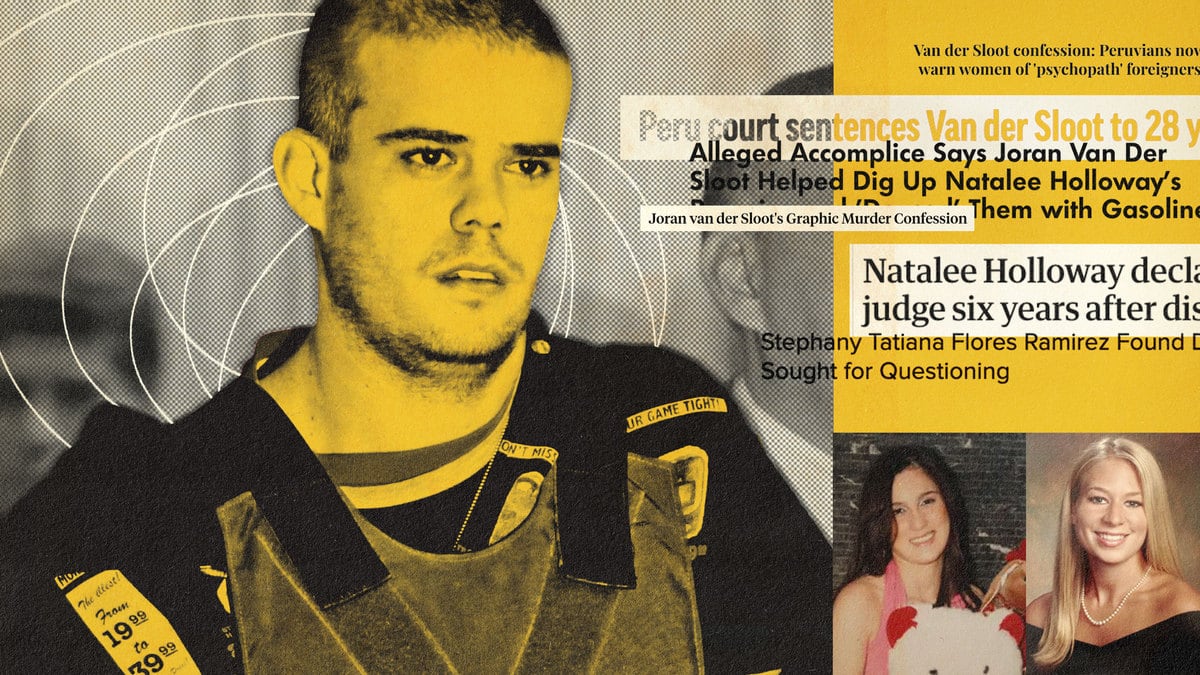Crime & Justice
Photo Illustration by Luis G. Rendon/The Daily Beast/Reuters/Handout
The Twisted True-Crime Life of Joran van der Sloot
LYING DUTCHMAN
He was the prime suspect in Natalee Holloway’s disappearance in Aruba. He killed Stephany Flores in Peru. Now he’s headed for the U.S.

Trending Now






